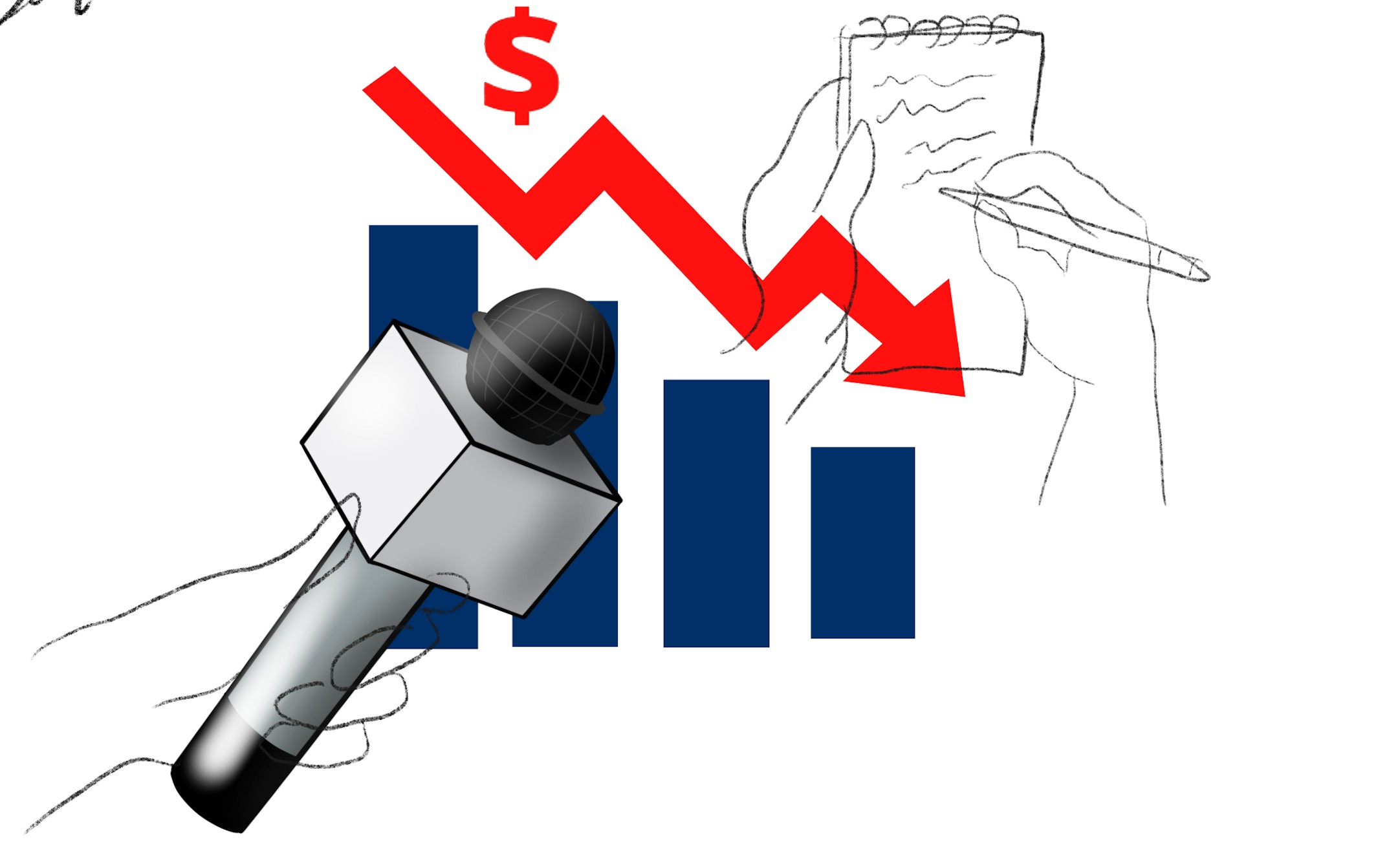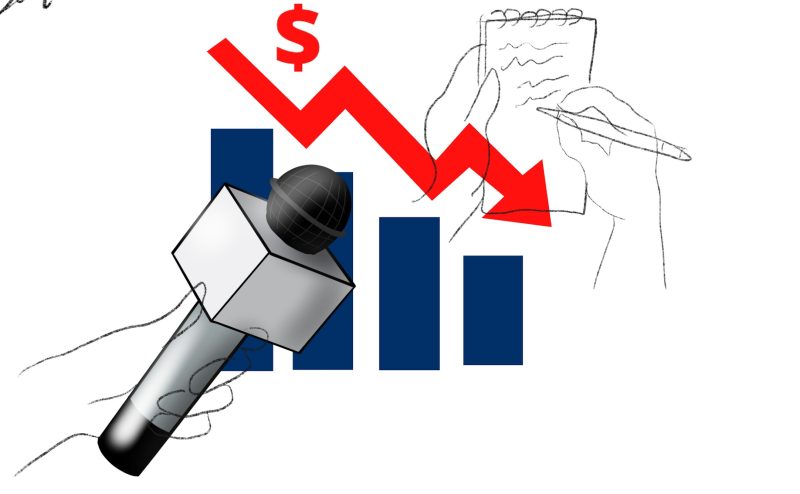Combating debt and dealing with stigmatization


It was recently announced that Canada has the highest household debt out of any G7 country.
Skyrocketing home prices are a factor in this, with household debt in the US and UK shrinking throughout the last ten years.
It is estimated that the average Canadian household has $1.85 in debt for each dollar of disposable household income.
This is a worrying statistic.
Hoping to understand the causes and favours of perpetuating debt, Dr. Michael Moorhouse, an assistant professor of Marketing, recently published a study on the causation between social stigmatizations surrounding debt and worsening debt within Canada.
Moorhouse found that many of those with household debt feel stigmatized and are unlikely to speak about such debt.
Instead, they choose to take out more money to hide the debt they already possess.
Moorhouse summarized his paper as being
“All about people who are fearful of being stigmatized.”
Speaking with Moorhouse, he noted that social spending is the most notable cause of spending which worsens not only the stigmatization of debt, but the debt of those who hope to hide their debt.
He described social spending as
“Spending in situations where your spending might be public to others.” Within these situations, many people feel that
“If they don’t spend as much [as their friends] will there be opportunity for their friends to dig deeper and question them such that their financial problems or debt is revealed.”
This stigmatization around debt isn’t solely based off the amount for debt one holds, but how one views his debt relative to those around him; some may feel overwhelmed with the same amount of debt that another (within the same social and financial class) views as typical.
Within his study, Moorhouse found that financial courses and groups where one is surrounded by and speaks with those also struggling with debt is one of the most effective ways at combating stigmatization.
These groups effectively “normalize [debt] for them” which motivates them and results in a feeling of “feeling of ‘we’re all in this together,’ but paradoxically they’re fearful for signing up for the course.”
Moorhouse recognizes that in signing-up for the course in which one may combat their debt and face it head on, they must recognize and publicly admit their own debt, combating the stigma.
Existing stigmas only worsen the financial position of those overwhelmed with debt, but do not address how we can make people more comfortable with reaching out for help when they feel overwhelmed and under stress.
Due to rising debts, notably within Canada, we have already seen a natural reduction in the stigma surrounding debt due to its prevalence.
However, further steps must be made to combat these problems.
Moorhouse recommends students to utilize the free resources and tools on the internet to teach themselves financial literacy, and to budget their spending.


